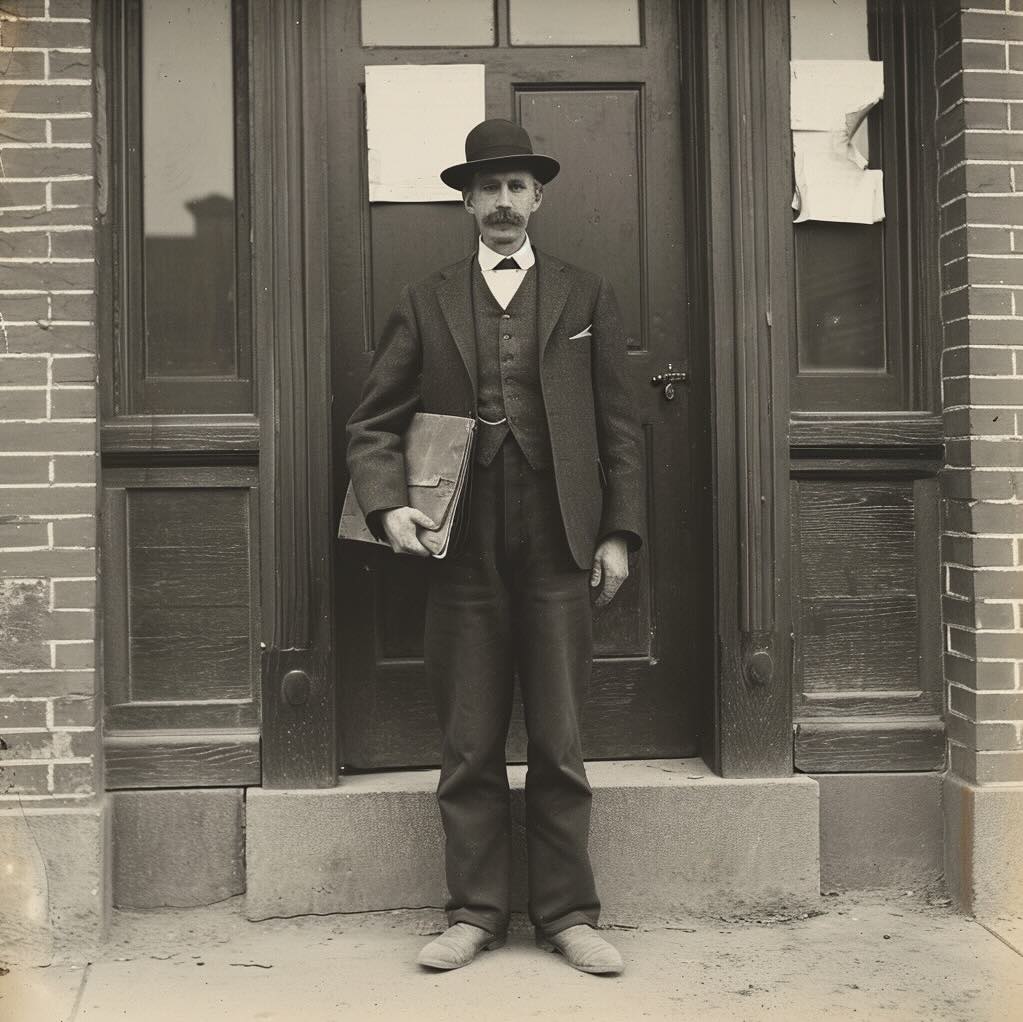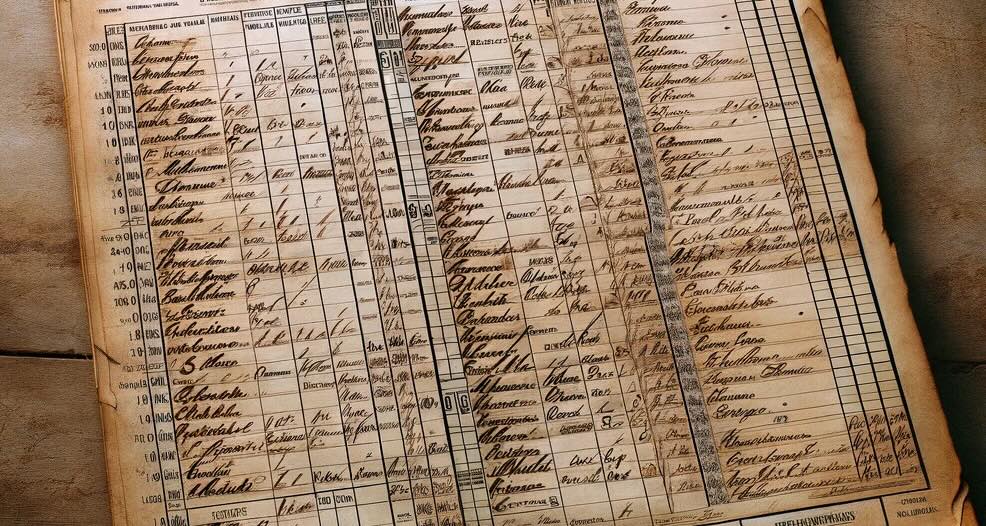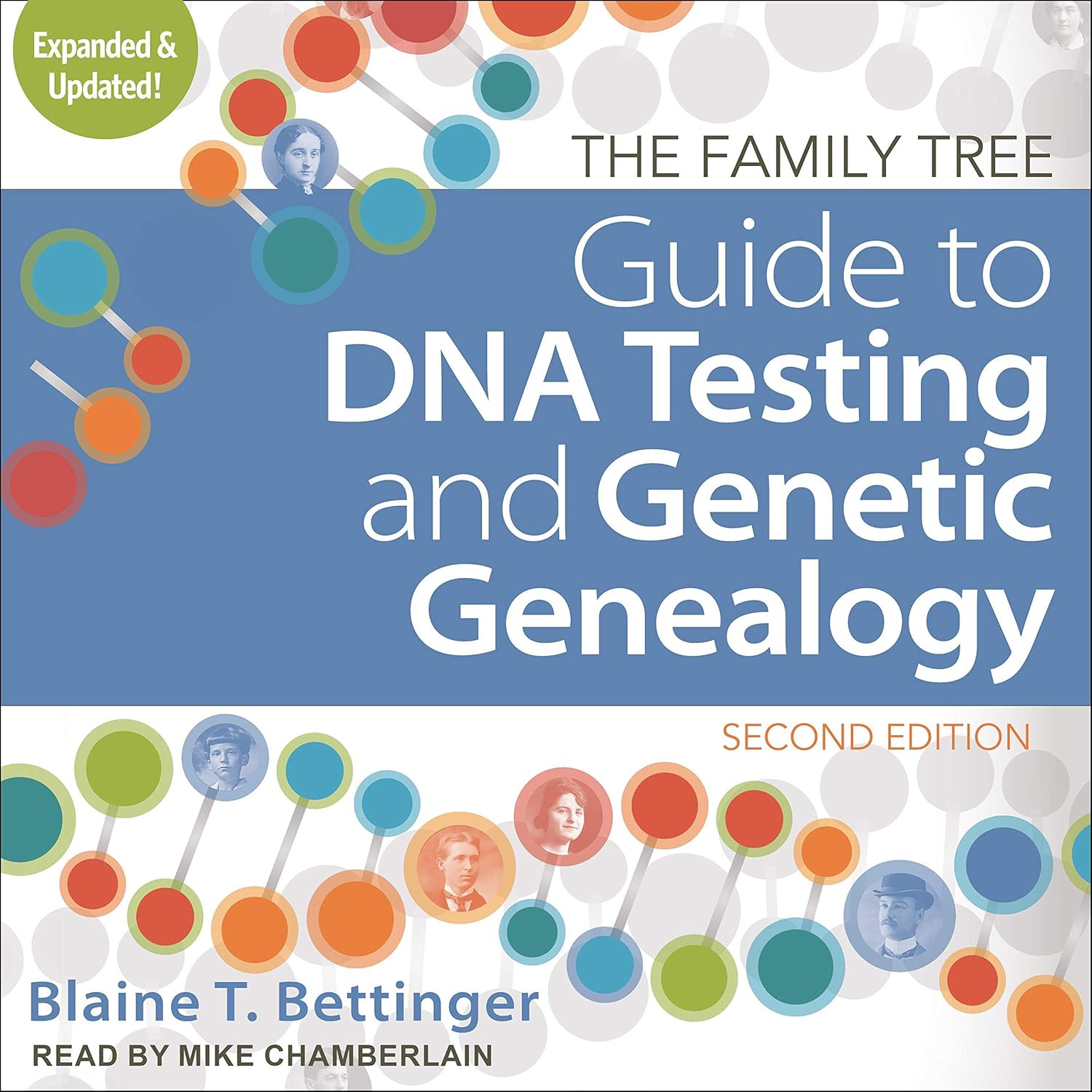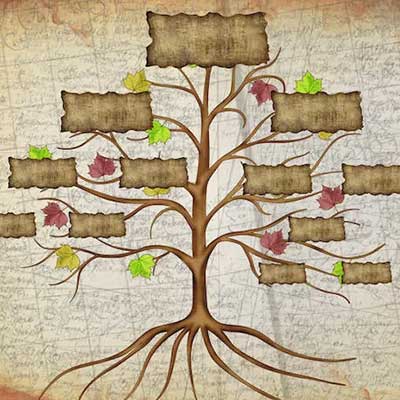- Home
- Genealogy Research Tools
- 1900 Census Records
1900 Census Records
Historical Significance of the 1900 Census Records
The 1900 census records marks a pivotal moment in the archival records of the United States, offering a unique window into the lives, cultures, and societal structures of the time. This article aims to explore these records in-depth, shedding light on their significance, content, and technological evolution in census recording.
Introduction to 1900 Census Records
The 1900 census is more than just a collection of names and numbers. It is a testament to the country’s growth and change at the turn of the 20th century. This census was conducted under the authority of the United States Constitution, which mandates a decennial count of the population. The data collected serves as a historical treasure, offering insights into the era’s demographic shifts, economic conditions, and cultural trends.
Understanding the Format of 1900 Census Records
These records were meticulously compiled by hand, with enumerators visiting every household to gather information. The format of the 1900 census includes detailed questions that provide a comprehensive view of the individuals and families living in the United States at that time.
Key Information Captured in 1900 Census
Personal Details Documented
The 1900 census captured essential personal details such as names, ages, marital status, and places of birth. This information is invaluable for anyone researching family history or studying demographic patterns of the time.
Employment and Livelihoods Recorded
A significant aspect of the 1900 census was its focus on employment. Information about occupations provides a glimpse into the economic landscape and the kinds of work prevalent in society.
Housing And Property Information
The census also included questions about homeownership, types of dwellings, and living conditions. This data offers a lens into the socioeconomic status of individuals and regional differences in housing.
Navigating Through 1900 Census Records
Accessing Public Records
Accessing these records today has been made more accessible through digitization projects and online archives. Public libraries, historical societies, and online platforms provide gateways to these historical documents.
Deciphering Handwritten Entries
One of the challenges in working with the 1900 census records is the handwritten entries. This requires patience and skill to interpret the enumerators’ often ornate and varied handwriting styles.
Challenges in Reading and Interpretation
Beyond the handwriting, interpreting the context and meaning of the data requires an understanding of the historical and cultural backdrop of the time.
Technological Evolution in Census Recording
From Paper to Digital: A Transformation
The evolution from paper records to digital formats represents a significant leap in preserving and accessing historical data. This transformation has opened new avenues for research and exploration.
Impact of Technology on Record-Keeping
The adoption of digital technology in record-keeping has revolutionized the way we store, retrieve, and analyze historical data, making it more accessible and searchable.
Case Studies: Discoveries from the 1900 Census Records
Notable Individuals And Families Traced
The 1900 census records have been instrumental in tracing the lineages of notable individuals and families, providing fascinating insights into their origins and journeys.
Societal Trends and Historical Revelations
Analyzing these records has also uncovered broader societal trends, such as migration patterns, urbanization, and shifts in occupations and industries.
Utilizing 1900 Census Records for Genealogy
Step-by-Step Guide to Tracing Ancestry
For those embarking on a genealogical research journey, the 1900 census is an invaluable starting point. This section provides a practical guide on how to approach this research.
Common Pitfalls and Tips for Researchers
Navigating these records can be daunting. This section offers advice on avoiding common pitfalls and tips for effective research.
Legal and Ethical Aspects of Census Records
Privacy and Public Access
While these records are a public resource, they also raise questions about privacy and the ethics of accessing personal historical data.
Ethical Considerations in Historical Research
The article delves into the ethical considerations and responsibilities of using these records for research and publication.
Conclusion and Future of Census Records
The article concludes with reflections on the future of census records and their continued importance in understanding our collective past.
FAQs
- What makes the 1900 census records unique compared to other census years?
- What are some common challenges in interpreting data from the 1900 census?
- What are some ethical considerations when using census records for genealogical research?
The 1900 census records hold a unique place in historical research for several reasons:
- Bridge between Centuries: As the first census of the 20th century, the 1900 census captures a critical transition period in American history, marking the end of the 19th century and the dawn of a new era. Significant industrial, social, and economic changes characterized this period.
- Comprehensive Data Collection: The 1900 census was one of the most comprehensive censuses conducted up to that time. It included detailed questions about employment, literacy, homeownership, and immigration status, providing a more detailed picture of American life than previous censuses.
- Introduction of New Questions: This census introduced several new questions not part of earlier censuses. For instance, it asked about the year of immigration to the United States, naturalization status, and whether individuals owned or rented their homes. It also asked women how many children they had given birth to and how many were living.
- Technological and Methodological Improvements: The 1900 census reflected data collection and processing techniques improvements. For the first time, punch card technology, developed by Herman Hollerith, was used to tabulate census data, leading to more efficient and accurate processing.
- Genealogical Value: For genealogists, the 1900 census is particularly valuable because it provides a snapshot of family structures, occupations, and living conditions at the beginning of the 20th century. It’s also significant because it’s one of the earliest censuses available after the 1890 census was largely destroyed by fire.
- Historical Context: The turn of the century was a time of significant immigration to the United States, and the 1900 census provides crucial data on these immigrant populations. It also offers insights into the social and economic conditions of the era, including the aftermath of the Industrial Revolution and the trends leading up to World War I.
- Continuity and Comparison: This census allows historians and researchers to compare and trace developments. By comparing the 1900 data with previous and subsequent censuses, one can study trends in population growth, urbanization, migration patterns, and economic shifts.
In summary, the 1900 census records are unique due to their timing at the turn of a century, the introduction of new data collection questions and methods, and their detailed depiction of a rapidly evolving American society. These factors make them invaluable for understanding that period’s historical context and societal changes.
Interpreting data from the 1900 census presents several challenges, mainly due to the historical context and the nature of data collection at that time. Some of these challenges include:
- Handwritten Entries: Different enumerators handwritten The census records, often in cursive. The variability in handwriting styles can make reading and interpreting the information easier. Additionally, the quality of the handwriting could be consistent, ranging from very neat to nearly illegible.
- Data Accuracy and Completeness: The data’s accuracy depended on the respondent’s knowledge and honesty and the enumerator’s understanding and recording skills. In some cases, individuals might not have provided accurate information due to memory lapses, misunderstandings, or a desire for privacy. Furthermore, some enumerators may have made assumptions or errors in recording, leading to inaccuracies.
- Language Barriers and Cultural Differences: With many immigrants in the U.S. at the time, language barriers could impact the accuracy of the information recorded. Enumerators might have spoken a different language than the respondents, leading to miscommunications. Cultural differences could also affect how questions were understood and answered.
- Historical Context and Terminology: The terminology and cultural norms of the early 20th century differed from today’s. Understanding the historical context is crucial for correctly interpreting the data. For example, occupational titles or descriptions of illnesses and conditions might need to be updated or familiar to modern researchers.
- Missing or Damaged Records: While the 1900 census records are more complete than the largely destroyed 1890 census, some records might still need to be included, completed, or damaged. This can create gaps in historical data and make it challenging to piece together accurate family histories or demographic trends.
- Limitations in Scope and Detail: Although comprehensive, the 1900 census may have yet to capture all the details modern researchers might seek. For instance, it did not record detailed migration histories, educational attainment levels, or cultural practices.
- Deciphering Locations and Boundaries: Geographic locations and administrative boundaries might have changed since 1900, making correlating census data with modern maps or understanding specific areas’ contexts challenging.
- Technological Constraints: While modern technology has facilitated access to these records, digitizing handwritten documents can introduce errors. Optical character recognition (OCR) software might misinterpret characters, especially in older handwriting styles.
Navigating these challenges requires historical knowledge, careful analysis, and sometimes creative problem-solving. Researchers often cross-reference census data with other historical records to validate and supplement their findings. Despite these challenges, the 1900 census remains an invaluable resource for understanding the social, economic, and demographic landscape of the United States at the turn of the 20th century.
Using census records for genealogical research, while immensely valuable, comes with specific ethical considerations. These include:
- Respecting Privacy: Even though census records over 72 years old are publicly available in the United States, researchers should be sensitive to privacy concerns. This is particularly relevant when sharing information about possibly living individuals or recent ancestors. Respecting the privacy and wishes of family members who may not want specific details shared is essential.
- Accuracy and Representation: Researchers have an ethical obligation to represent historical data accurately. This means not altering records or misrepresenting the data to fit a narrative or hypothesis. It’s crucial to present findings in a way that is true to the records, even if they contradict family stories or expectations.
- Cultural Sensitivity: Genealogical research should be approached with cultural sensitivity, especially when dealing with communities and ethnic groups that may have experienced historical trauma or discrimination. Understanding and acknowledging the context in which the data was collected is essential.
- Use of Sensitive Information: Census records can sometimes reveal sensitive information about individuals and families, such as economic status, health conditions, or legal issues. Researchers should be cautious and respectful when handling this information, especially in publications or public family trees.
- Permission and Attribution: When using data obtained from someone else’s genealogical research, seeking permission and providing proper attribution is ethical. This respects the hard work and dedication of other researchers.
- Avoiding Harm: Researchers should be aware of potential harm in uncovering and sharing certain information. This includes being mindful of potentially distressing discoveries, such as illegitimacy, criminal records, or mental health issues, and considering the impact of these revelations on living relatives.
- Data Misuse: Avoid using census data for purposes other than historical or genealogical research, especially in ways that could be deemed discriminatory or invasive. For instance, using historical data to make broad generalizations about a group of people would be unethical.
- Legal Compliance: Ensure compliance with all legal requirements related to the use of public records. This includes adhering to copyright laws if using digitized records from third-party websites.
- Sharing Information Responsibly: When sharing genealogical research, primarily online, it’s essential to do so responsibly. This means considering the potential impact on others and avoiding the spread of misinformation.
- Dealing with Incomplete or Biased Records: Recognize that historical records, including census data, may have inherent biases or gaps. Researchers should acknowledge these limitations and avoid drawing unwarranted conclusions from incomplete data.
Ethical genealogical research requires a balance between the pursuit of knowledge and respect for the privacy and dignity of individuals and families, both past and present. It’s about building a truthful picture of history while considering the real human lives represented in the data.
Your second block of text...

















